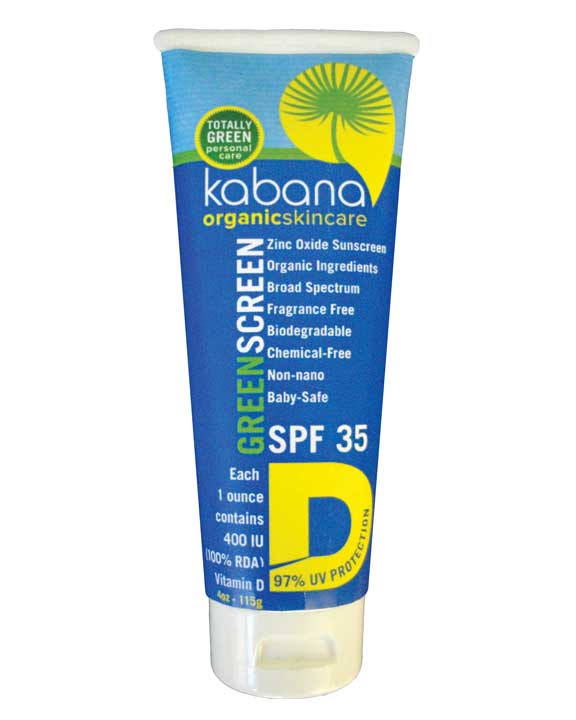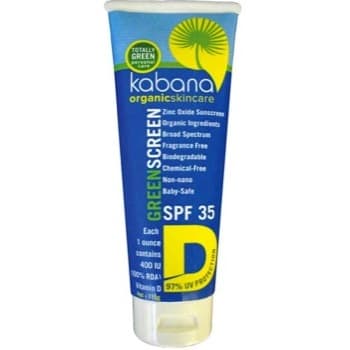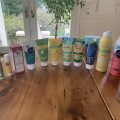This blog entry is part of our “What’s Wrong With” series, which profiles a different and gives you the bottom line on its safety. Think of these as cheat sheets for our more comprehensive Safe Product Guides.
 I’ve written a lot about sunscreens, including a Safe Product Guide that reviews the Good, the Bad, and the Sneaky. Here’s a recap of the major points:
I’ve written a lot about sunscreens, including a Safe Product Guide that reviews the Good, the Bad, and the Sneaky. Here’s a recap of the major points:
- While dermatologists recommend constant use of sunscreen, this can lead to suboptimal levels of vitamin D in both children and adults.
- Conventional sunscreen is loaded with chemicals, including parabens and oxybenzone, an endocrine disruptor that may generate free radicals when exposed to ultraviolet light.
- Mineral sunscreens are safer than chemical sunscreens because they contain “barrier” ingredients, such as titanium dioxide or zinc oxide, which sit on the skin and deflect sunlight.
- Nanoparticles of zinc oxide or titanium dioxide are typically used because the application of these minerals leaves skin with a telltale white sheen, and recent research calls into question the safety of nanoparticles, as they are small enough to penetrate cell membranes and potentially affect DNA.
- Instead of nanoparticles, some sunscreen makers use “micronized” particles—basically, these are just slightly larger than nanoparticles, so they should not penetrate the cell membrane. The process of micronization may result in some nanoparticles being present even in non-nano sunscreens. Note: All of the sunscreens we carry in our online store contain only non-nano, non-micronized minerals.
Bottom Line: What’s the Safest Sunscreen?
My advice is to let your kids enjoy a bit of sun each day without slathering on sunscreen. Seek shade during the hottest hours of the day, or use protective clothing. When you’ll be out in the sun for long stretches of time, use a non-nano mineral sunscreen, such as one of the ones recommended in this Safe Sunscreen Guide.
The Safest Sunscreen
Green Screen by Kabana has an SPF of 35, is made with only six organic ingredients, and is fortified with the U.S. recommended daily allowance of vitamin D3 (400 IU per ounce of sunscreen). Green Screen contains uses non-nano, non-micronized particles of zinc oxide.
Stay sane,
If you liked this post, sign up for our newsletter to be alerted when we publish new content like this!










Share this:
Share the post "What’s Wrong With Sunscreen?"